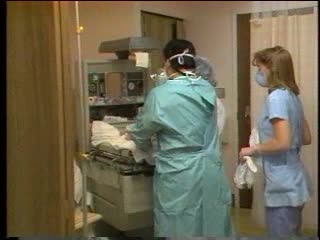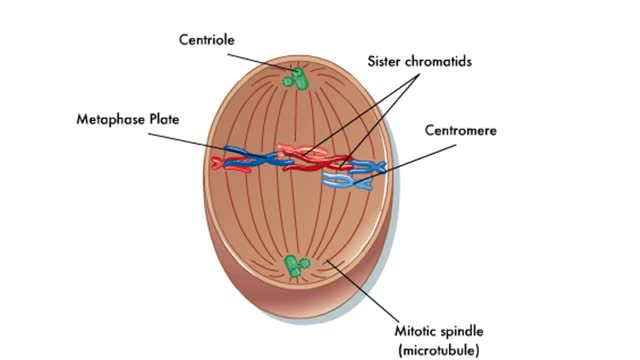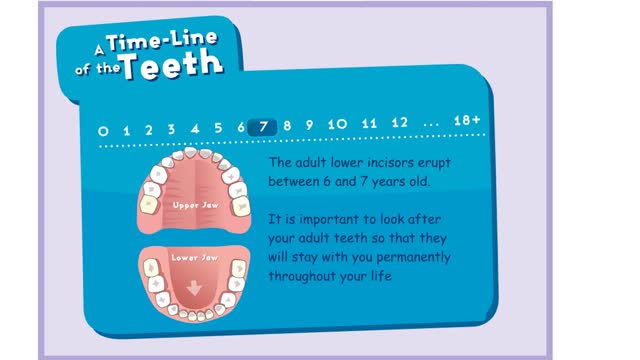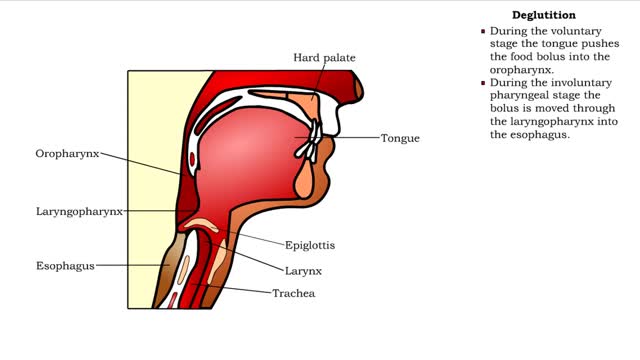Search Results
Results for: 'Stages of Labor'
Labor and Delivery - Postpartum Assessment
By: Administrator, Views: 559
The postpartum patient's emotional status plays a significant part in her recovery and her adjustment to her infant. Postpartum hospital stays are very brief, so nurses must make every encounter with the patient meaningful. Developing a systematic method of assessing the patient will save time an...
Labor and Delivery - Infant Cord Apgar
By: Administrator, Views: 461
As soon as your baby is born, a delivery nurse will set one timer for one minute and another for five minutes. When each of these time periods is up, a nurse or physician will give your baby her first "tests," called Apgars. This scoring system (named after its creator, Virginia Apgar) helps t...
By: Administrator, Views: 14237
Hyposecretion or inadequate use of insulin may result in diabetes mellitus (DM). Hypersecretion of insulin may result in hyperinsulinism. Diabetes mellitus is the most common endocrine system disorder of childhood. Symptoms include: Polyuria Polydipsia Polyphagia Management of DM durin...
Energy inputs and release in glycolysis Animation
By: HWC, Views: 4907
Glycolysis breaks the six-carbon sugar glucose into two three-carbon molecules of pyruvate. The first steps of glycolysis require an energy input in the form of two phosphate-group transfers from ATP. These phosphorylations raise the energy level of glucose enough to allow the energy-releas...
By: HWC, Views: 9067
Prophase is the first step in the mitotic process. During prophase, the chromosomes condense. The centrosomes begin to form a spindle and move into position on opposite sides of the cell. Sister chromatids are held together by a protein called cohesin at the centromere. Prometaphase is the sec...
What are the Parts of a Plant Cell?
By: HWC, Views: 10046
Every chloroplast in a plant cell is packed with stacks of flattened sacs called thylakoids. The thylakoid membranes contain chlorophyll, as well as most of the other components required for the light reactions of photosynthesis. The chlorophyll-containing structures within the membranes are c...
Cellular Respiration & Glucose Mobilization (Glucose transport & Phosphorylation of Glucose)
By: HWC, Views: 10784
Glucose is completely broken down into CO2 and H2O during the process of cellular respiration, which includes 3 stages: 1) glycolysis; 2) the Krebs Cycle; and 3) the electron transport chain. Glucose enters this energy yielding pathway of cellular respiration in the first stage known as...
A timeline of the teeth (Explained - No Audio)
By: HWC, Views: 9934
Although most babies don't appear to have any teeth when they are born, they are in fact already well developed out of sight beneath the gum. The first molars erupt at about 12-14 months. The canines follow at about 16-18 months . By 3 years old, the second molars have usually erupted, c...
By: HWC, Views: 10595
Swallowing occurs in three stages: • Voluntary stage in the mouth. • Involuntary pharyngeal stage. • Involuntary esophageal stage. • During the voluntary stage the tongue pushes the food bolus into the oropharynx. • During the involuntary pharyngeal stage the bolus is moved ...
Advertisement











